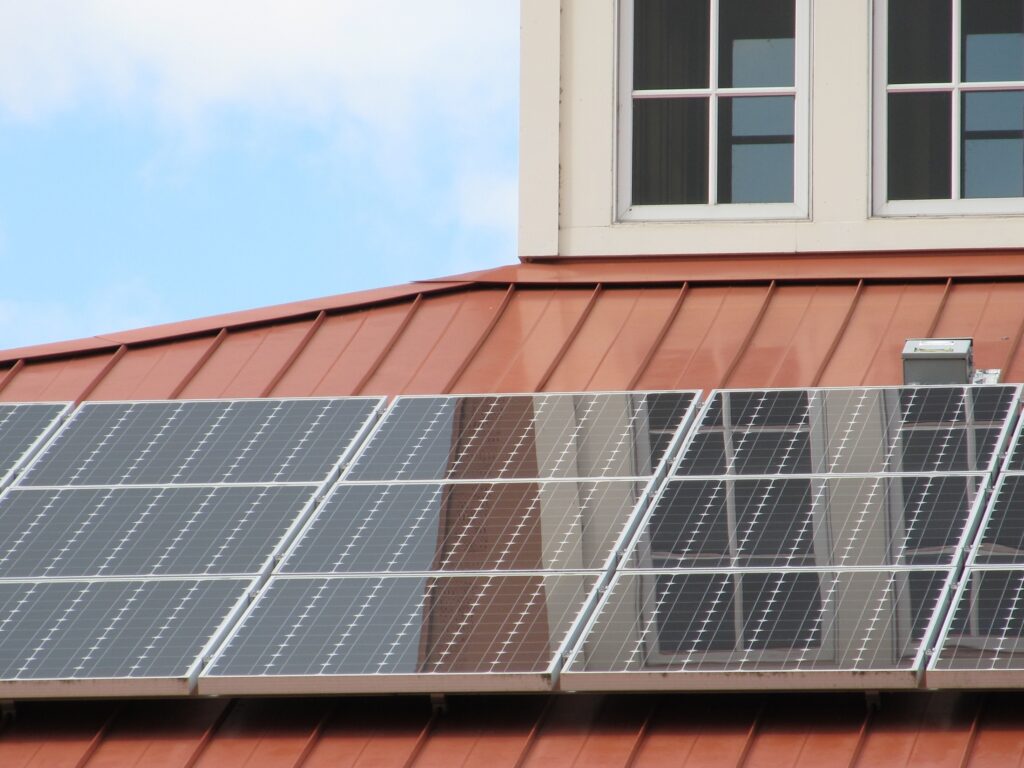There’s a lot of misinformation floating around on how time-of-use (TOU) rates affect the value of solar. Some solar salespeople insist that TOU rates are great for solar, and that potential customers should always be opting onto them. While others have concluded that TOU rates are bad for the solar value proposition and should be avoided. So who’s right?
The correct answer of course is that it depends. Either statement could be right or wrong. Time-of-use rates are not inherently good or bad for solar project economics. It depends entirely on the underlying rate structure of the TOU schedule in question. There are two main components of the rate that do most of the influencing. (#1) How the TOU time-period windows are defined. For example, when does the “on-peak”, “semi-peak” and “off-peak” period begin and end in the “summer”? (#2) It depends on how the TOU pricing values are defined for a specific utility rate tariff. For example, how wide is the price differential between the “on-peak” and “off-peak” period?
Proposed TOU changes in California
There’s been a lot of grumbling recently within the California solar development community. The big three utilities in California (PG&E, SCE, SDG&E) are all proposing radical changes to their TOU rate structures, which are likely to be adopted. What’s got solar developers especially concerned is the aggressive shift of the “on-peak” (premium-priced) period until significantly later in the evening.
Furthermore, all three utilities are proposing to make these time-period windows year-round, rather than defining the “winter” and “summer” season separately like they currently do.
It’s no secret that these proposed changes are not good for the solar value proposition. The “on-peak” period, which has the highest cost of energy, is getting shifted into the evening when solar does not produce. This will erode the ‘value of solar’, in some cases considerably. In other words, when customers are forced to switch to these new proposed TOU rates, the amount of dollar savings their solar system produces will go down.
In order to precisely quantify the effect of these new TOU proposals for a specific customer requires knowing their unique consumption profile. This information is contained in a Green Button Data file or interval meter file, which basically shows when they use energy throughout the day and year. Furthermore, an hourly solar production data file is also needed. This is generated via a tool like PVWatts, HelioScope or PVComplete, based on all the design specifications (i.e. equipment, location, tilt, azimuth, loss, etc.) of the solar system. For example, a 90 degree east facing system will have a meaningfully different production profile than a 270 west facing array, which will affect the customers’ savings on a TOU rate.
There are a lot of moving pieces, which makes quantifying the ‘value of solar’ tricky. We’ve published a video, which shows how to setup and run this type of analysis using Energy Toolbase.
Time-of-use Rates & the Value of Solar from Energy Toolbase on Vimeo.




